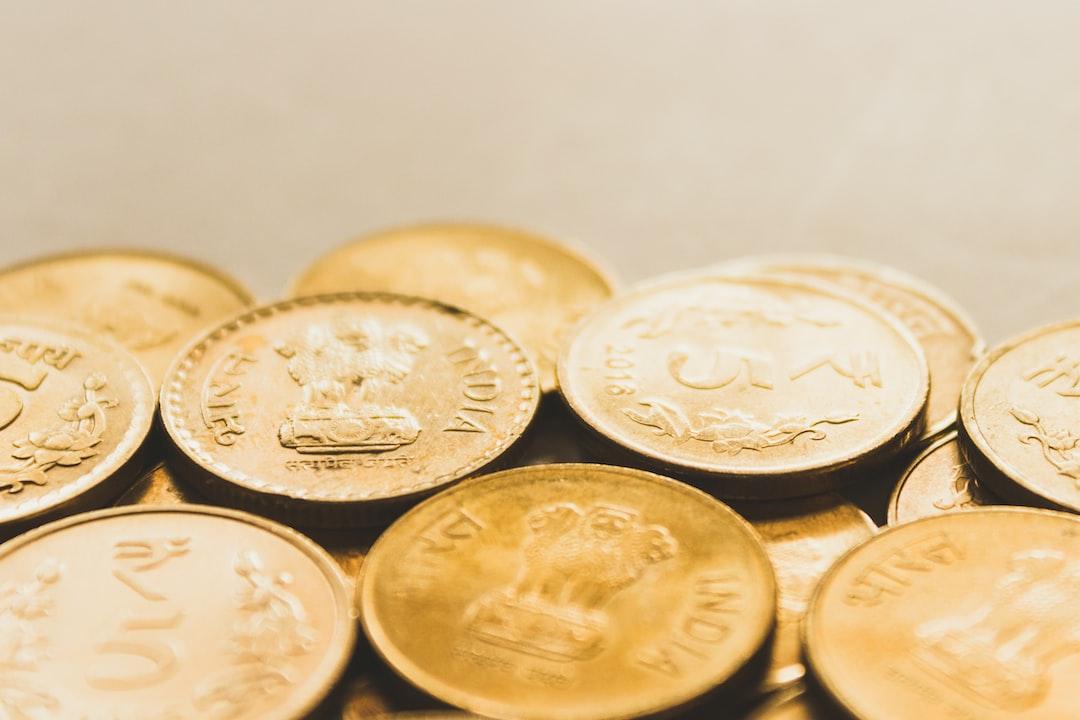Flows into cryptocurrency investment products rebounded last week, experiencing a net inflow of $436 million led by Bitcoin, according to the latest report by CoinShares. After two weeks of outflows, crypto funds at asset managers like BlackRock, Bitwise, Fidelity, Grayscale, ProShares, and 21Shares saw positive flows for the week ending September 13. CoinShares believes that this can be attributed to the market’s anticipation of an interest rate cut by the US Federal Reserve.
In the “Digital Asset Fund Flows Weekly Report,” CoinShares’ head of research, James Butterfill, stated that trading volumes in crypto investment products remained stagnant at $8 billion for the week, which is significantly lower than the average of $14.2 billion for 2024.
Bitcoin investment products were the primary drivers of the rebound, with $436 million in inflows after experiencing 10 consecutive days of outflows totaling $1.8 billion. Short Bitcoin investment product flows also reversed, with net outflows of $8.5 million following three weeks of inflows.
Solana investment products also saw net inflows of $3.8 million for the fourth consecutive week. Additionally, Litecoin and Cardano experienced inflows of $300,000 and $600,000, respectively.
However, Ether continued to struggle, with $19 million in outflows during the week of September 9 to September 13, adding to the $98 million in negative flows from the previous week. CoinShares attributes this to concerns about the profitability of the layer-1 blockchain following the Dencun upgrade.
Some traders believe that the significant flows into spot Bitcoin exchange-traded funds (ETFs) compared to net outflows from Ether ETFs have shifted investor preference towards Bitcoin. This has caused the ETH/BTC ratio to drop below $0.04, its lowest level since April 2021.
Since their launch on July 23, Ether ETFs have recorded net outflows of $581 million. In contrast, spot Bitcoin ETFs accumulated over $12 billion in their first two months and have recorded over $17 billion in net inflows in just over eight months of trading.
It’s important to note that this article does not provide investment advice or recommendations. Readers should conduct their own research before making any investment or trading decisions.

